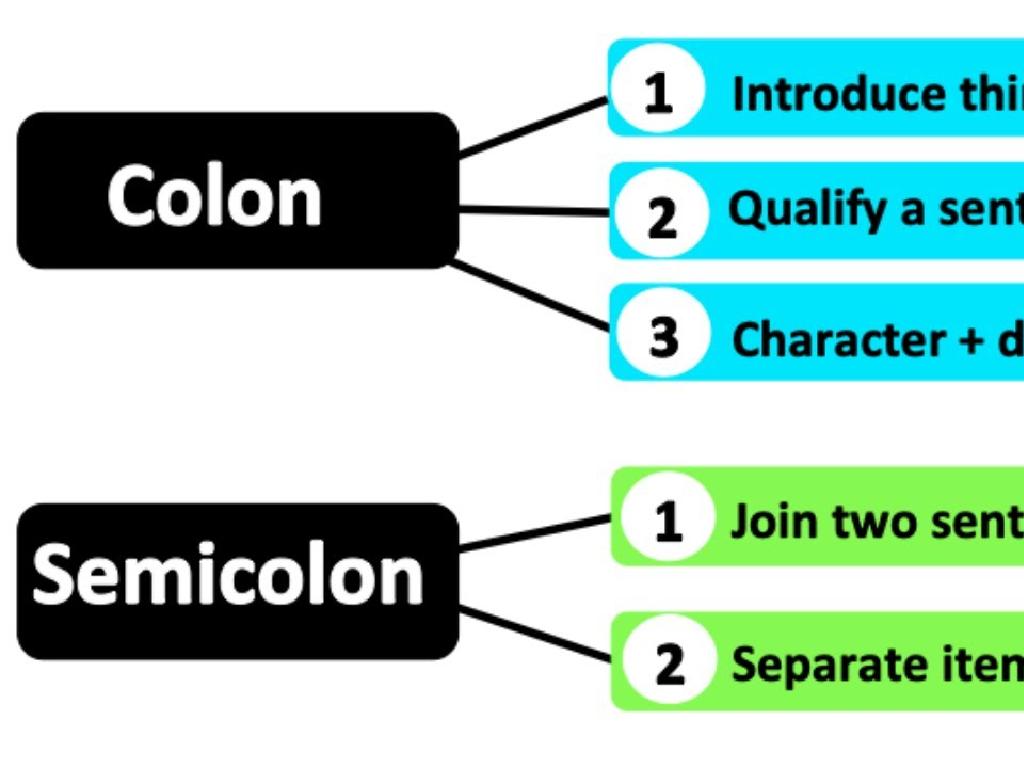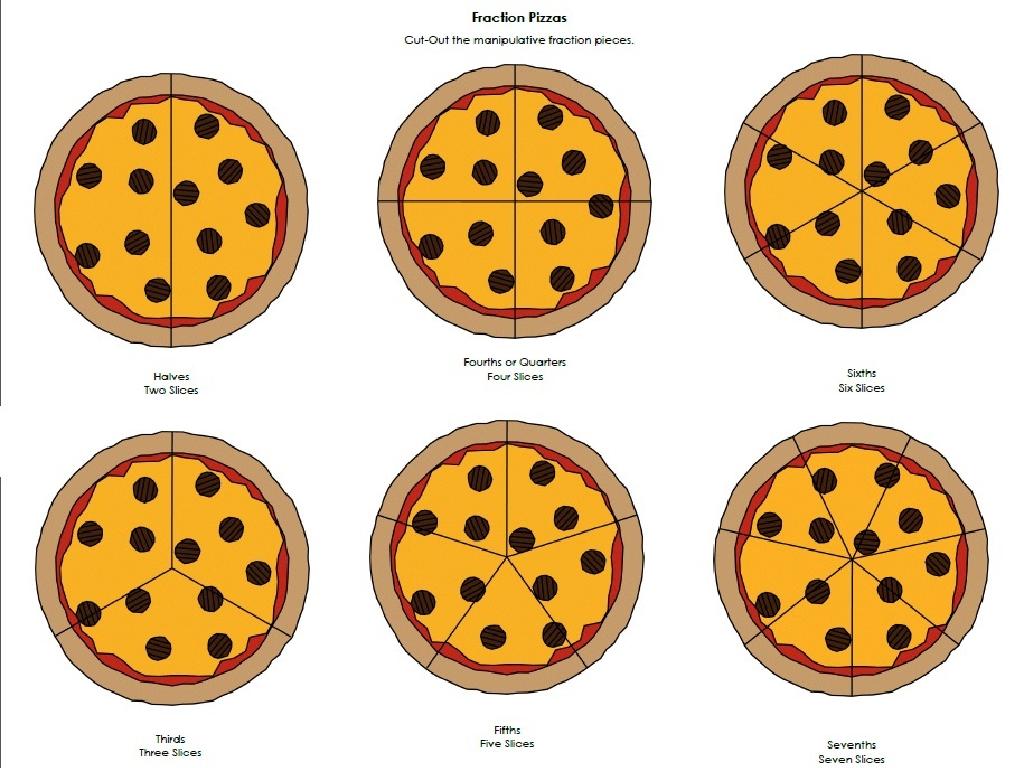Identify Alternate Interior And Alternate Exterior Angles
Subject: Math
Grade: Seventh grade
Topic: Lines And Angles
Please LOG IN to download the presentation. Access is available to registered users only.
View More Content
Exploring Angles: Alternate Interior & Exterior
– Basics of geometry
– Define alternate angles
– Alternate interior angles are non-adjacent and lie between 2 lines, opposite sides of the transversal.
– Angles in daily life
– Examples: Zebra crossings, railway tracks
– Recognizing angles around us
– Observe angles formed by street crossings, window panes
|
Begin with a brief review of the fundamental concepts of geometry to set the stage for today’s lesson. Introduce the concept of alternate interior and exterior angles, ensuring students understand their definition and how to identify them. Discuss the presence of these angles in everyday life, such as in the design of crossings and railway tracks, to help students recognize the practical applications of geometry. Encourage students to look for and identify these angles in their environment, reinforcing their understanding of the concept and its relevance.
Exploring Angles: Types and Properties
– Recap: What are angles?
– Angles are formed by two rays with a common endpoint.
– Types of angles: Acute to Straight
– Acute (90°), Straight (180°).
– Angles measure turns
– Think of angles as rotation from one ray to another.
– Alternate Interior & Exterior Angles
– Inside & outside pairs on opposite sides of the transversal.
|
Begin with a brief review of what angles are, emphasizing that they are formed by two rays (the sides of the angle) that share a common endpoint (the vertex). Cover the basic types of angles: acute, right, obtuse, and straight, ensuring students understand the degree measures associated with each. Explain that angles can be thought of as a measure of turn or rotation from one ray to another. Introduce alternate interior and exterior angles, which are formed when a transversal crosses two parallel lines, and the angles are on opposite sides of the transversal. Use diagrams to illustrate these concepts clearly. Encourage students to visualize angles in real-world objects and to practice identifying the different types of angles they encounter.
Alternate Interior Angles in Geometry
– Define alternate interior angles
– Angles on opposite sides of a transversal but inside the two lines
– Characteristics of these angles
– They are equal when lines are parallel
– Properties of alternate interior angles
– When two lines are parallel, alternate interior angles are congruent
– Examples in geometric shapes
– Consider a parallelogram’s opposite angles
|
This slide introduces the concept of alternate interior angles, which are angles that lie on opposite sides of a transversal and between two lines. Emphasize that these angles are equal in measure when the lines are parallel, which is a key property. Use diagrams of parallel lines cut by a transversal to illustrate this concept. Show examples using common geometric shapes like parallelograms, where opposite angles are examples of alternate interior angles. Encourage students to practice identifying these angles in different shapes and diagrams to solidify their understanding.
Identifying Alternate Interior Angles
– Steps to identify alternate interior angles
– Look for two parallel lines cut by a transversal. Angles between the lines on opposite sides of the transversal are alternate interior angles.
– Let’s practice with an example
– Example: Find alternate interior angles in diagram with lines l and m cut by transversal t.
– Understand why these angles are equal
– Alternate interior angles are equal due to the parallel lines being cut by a transversal, creating congruent corresponding angles.
|
This slide introduces the concept of alternate interior angles, which are angles that lie between two lines and on opposite sides of a transversal. Begin with a step-by-step guide to help students identify these angles. Use a diagram to practice finding alternate interior angles, ensuring to point out the parallel lines and the transversal. Discuss the properties of parallel lines that make alternate interior angles equal, reinforcing the concept with the example. Encourage students to ask questions and provide additional practice problems to solidify their understanding.
Exploring Alternate Exterior Angles
– Define alternate exterior angles
– Angles on opposite sides of a transversal, outside parallel lines
– Characteristics of these angles
– Non-adjacent and lie outside the lines
– Properties of alternate exterior angles
– Always equal (congruent) when lines are parallel
– Examples in geometric shapes
– Consider a parallelogram’s corners as visual aids
|
This slide introduces the concept of alternate exterior angles, which are angles that occur on opposite sides of a transversal line cutting across two parallel lines and are located outside of the parallel lines. Emphasize that these angles are always congruent when the lines are parallel, which is a key property. Use diagrams of parallelograms or other geometric shapes to provide clear visual examples. Encourage students to draw their own diagrams to see the relationship between alternate exterior angles. This foundational understanding will be crucial for solving problems involving these angles and for recognizing them in various geometric contexts.
Identifying Alternate Exterior Angles
– Steps to identify alternate exterior angles
– Look for two parallel lines cut by a transversal; angles outside the lines on opposite sides of the transversal are alternate exterior angles.
– Practice example together
– Let’s examine a pair of parallel lines with a transversal and identify the alternate exterior angles.
– Discuss angle equality
– Alternate exterior angles are equal due to the parallel lines creating congruent corresponding angles.
– Real-world application
– Understand how this concept can be seen in architectural designs and structures.
|
This slide aims to guide students through the process of identifying alternate exterior angles. Begin with a clear explanation of the steps, ensuring students understand the role of parallel lines and a transversal. Use a diagram to practice identifying these angles together. Discuss the theorem that states alternate exterior angles are equal when the lines are parallel, reinforcing the concept with proofs or logical reasoning. Encourage students to think about where they might see parallel lines and transversals in real life, such as in bridges or railway tracks, to understand the practical significance of the concept.
Real-Life Examples of Alternate Angles
– Spot alternate angles in daily objects
– Look at bridges, buildings, and books for angles
– Learn their practical applications
– Used in construction for strength and aesthetics
– Discuss alternate angles observed
– Share examples from your surroundings
– Understand the relevance in design
– Why do designers use these angles?
|
This slide aims to help students recognize alternate interior and exterior angles in the world around them, reinforcing the concept that math is not just theoretical but also practical and observable in everyday life. Encourage students to look for examples of alternate angles in man-made structures like bridges or buildings, where these angles provide structural integrity and visual appeal. Initiate a group discussion for students to share where they’ve noticed these angles, fostering a collaborative learning environment. Highlight the importance of these angles in design and architecture, showing that understanding angles is not just for passing tests but for appreciating and engaging with the physical world.
Class Activity: Angle Hunt
– Form pairs for angle hunting
– Hunt for alternate angles
– Look for ‘Z’ or ‘C’ shapes in structures for alternate interior angles, and reversed shapes for alternate exterior angles
– Capture or draw your findings
– Use a camera or sketchpad to record examples
– Present angles to the class
|
This interactive activity is designed to help students identify alternate interior and exterior angles in a real-world context. By working in pairs, students will engage in a collaborative ‘hunt’ around the classroom or school to find and document examples of these angles. Encourage them to look for ‘Z’ or ‘C’ shaped patterns that indicate alternate interior angles, and the reversed versions for alternate exterior angles. They can use cameras or drawing materials to record their findings. After the hunt, each pair will present their findings to the class, explaining how they identified the alternate angles. This will reinforce their understanding and allow for peer learning. Possible variations of the activity could include using digital tools for capturing and presenting, or creating a collage of the collected angle examples.
Homework: Exploring Alternate Angles
– Complete the alternate angles worksheet
– Find real-life examples of alternate angles
– Look around, maybe in buildings or art
– Explain the significance of each example
– How do these angles help in construction or design?
– Study for the upcoming quiz on lines and angles
|
This homework assignment is designed to reinforce the students’ understanding of alternate interior and exterior angles through practical application. The worksheet will provide structured practice, while the real-life examples will help students see the relevance of these concepts in the world around them. Encourage students to think about how alternate angles might be used in architecture or nature. The significance could relate to structural integrity, aesthetics, or functionality. Remind students that understanding these concepts is not only crucial for their quiz but also for their overall mathematical literacy. Provide study tips and remind them of the resources available to help them prepare for the quiz.




